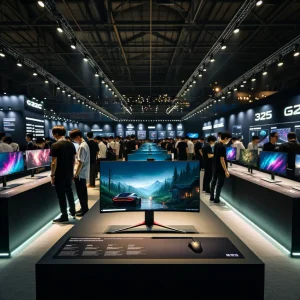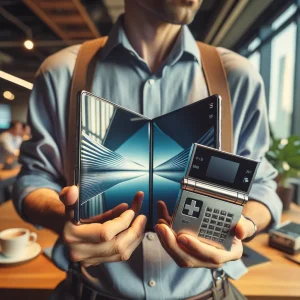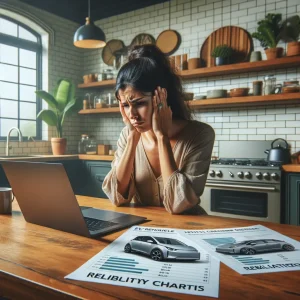Foldable Smartphones: From Niche Novelty to Next-Gen Necessity
For years the idea of a phone that bends like a paperback sounded futuristic, but 2024 is proving that foldable smartphones are moving from curiosity to credible upgrade. Global shipments still hover around 20 million units––less than two percent of the entire handset landscape––yet Gartner and Counterpoint both forecast double-digit growth over the next five years. Analysts argue that consumers finally have a compelling reason to replace perfectly good slab phones: a single device that can double as a small tablet. The latest Samsung Galaxy Z Fold 7, Google Pixel Fold and a wave of slimmer Chinese models have narrowed early trade-offs in thickness, hinge durability and battery life. Meanwhile, prices have begun to slide below the psychological $1,000 line, mirroring historic cost declines we saw in OLED TVs and 5G phones. As a result, search interest in “foldable smartphones” is up 83 % year-over-year, making it the primary keyword brands and reviewers are chasing. For readers who follow broader smartphone market trends, the foldable category offers clues about where materials science, mobile silicon and on-device AI are heading next. Later in this post we’ll unpack why Samsung is betting its flagship line on the concept, how Google is optimizing Android for bigger foldable canvases, and what an eventual Apple foldable iPhone could do to mainstream the category. If you’re still evaluating whether to buy now or wait, keep reading for a deep dive into the tech, the economics and the real-world use cases that set these devices apart.
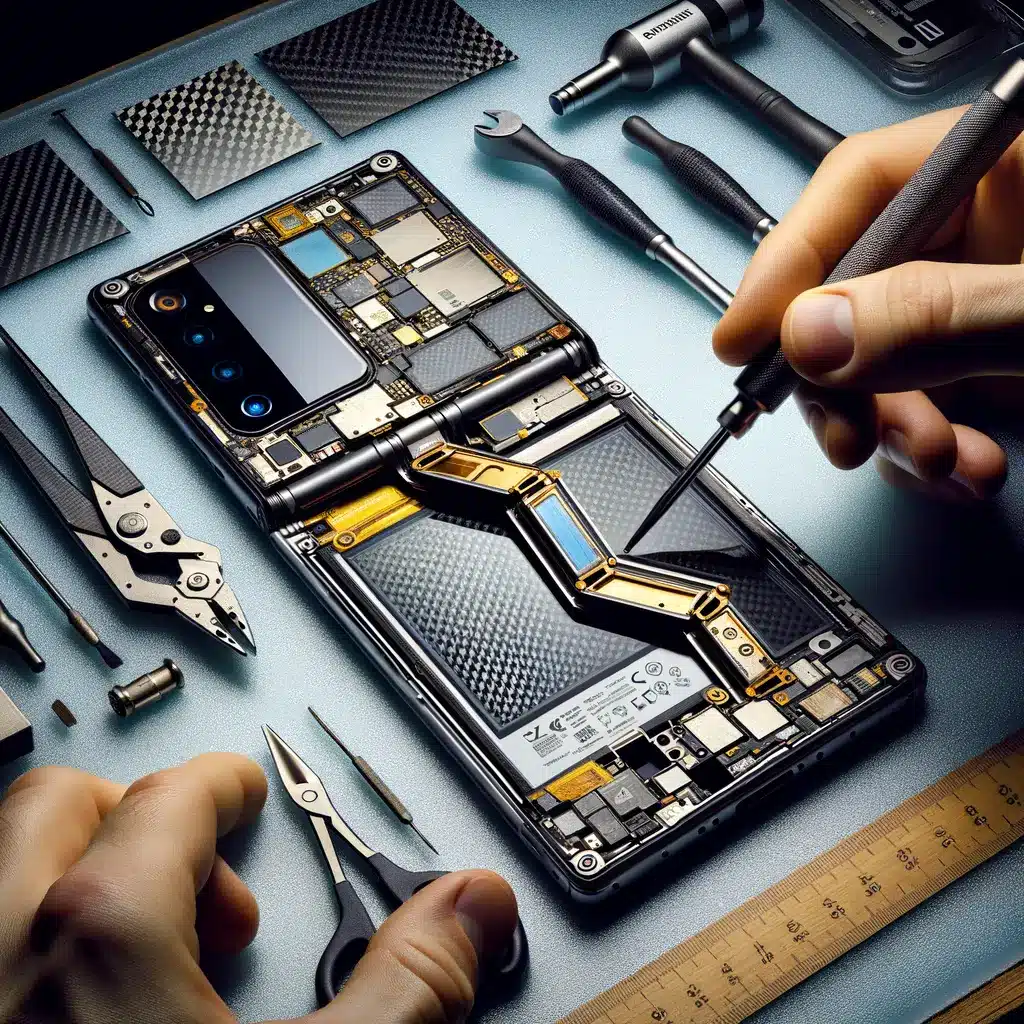
How Hardware Breakthroughs Made The Galaxy Z Fold 7 Possible
The first wave of folding phones in 2019 impressed tech enthusiasts but scared off mainstream buyers with fragile plastic screens and dust-prone hinges. Four product generations later, Samsung Galaxy Z Fold 7 demonstrates how rapid hardware iteration can overcome early flaws. The new composite Ultra-Thin Glass (UTG) layer now tolerates over 200,000 folds, roughly equivalent to four years of heavy daily use. A redesigned teardrop hinge closes flush, reducing stress on the flexible OLED while preventing pocket debris from sneaking beneath the panel – a problem that plagued the original Galaxy Fold. Engineers also shaved the chassis to 8.9 mm when shut, virtually matching traditional flagships in thickness. Inside, Qualcomm’s Snapdragon 8 Gen 3 for Galaxy delivers on-device generative AI with minimal thermal throttling thanks to a vapor-chamber cooler that’s 38 % larger than last year’s. Just as important, the 4,600 mAh dual-cell battery now rivals the endurance of a Galaxy S24+ despite powering a 7.6-inch display. These feats show how materials science, hinge mechanics and silicon efficiency have converged to make foldable smartphones genuinely practical. Industry observers expect further gains as suppliers like Corning commercialize flexible Gorilla Glass and hinge suppliers adopt carbon-fiber composites. For a refresher on how Samsung’s engineering philosophy evolved, check our breakdown of earlier Galaxy Z generations and our explainer on AMOLED folding radius limits.
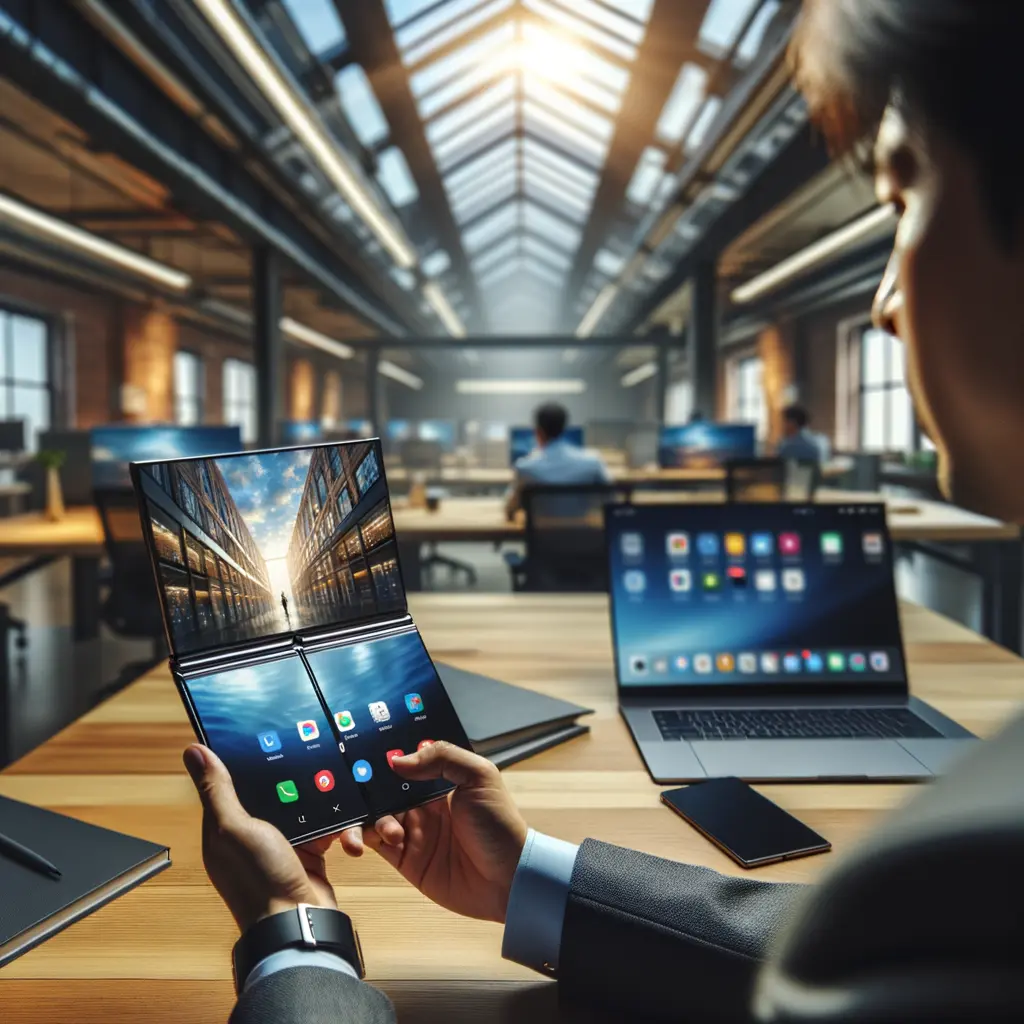
Samsung’s Strategy: Marrying AI and the Foldable Form Factor
Samsung isn’t just refining hardware; it is repositioning its flagship line as AI-first devices that happen to fold. One UI 6.1 introduces multi-window stitching, real-time transcription in Samsung Notes and the ability to run Galaxy AI’s “Circle to Search” side-by-side with YouTube on the expansive 7.6-inch canvas. Executives told CNBC that pre-orders for the Samsung Galaxy Z Fold 7 broke internal records, proof that consumers see productivity value in a screen that morphs to task. Foldables also align with wider smartphone market trends toward premium segmentation: IDC data shows that phones over $800 now account for 20 % of revenue despite single-digit unit share. By leading the foldable smartphones category, Samsung protects margin, showcases AMOLED leadership and keeps its ecosystem sticky with S-Pen optimizations. The company’s push for a $899 Flip 7 FE signals a willingness to trade short-term ASP for long-term volume, mirroring how it scaled Galaxy A-series 5G sales. From an enterprise angle, Knox-secured multitasking appeals to field workers who previously juggled phone and tablet. (If you manage corporate fleets, see our guide on Android Enterprise Recommended models.) Midway through 2024, Samsung holds roughly 65 % of global foldable share, but the next two sections illustrate why Google and Apple could quickly narrow that gap.
[The embedded YouTube video appears here in the final WordPress post.]
Google Pixel Fold: Software, Services and the Android Ecosystem
Google arrived later to the foldable party, but the Google Pixel Fold brings something Samsung cannot fully replicate—tight integration with Google-first services. Android 14L optimizes app continuity so Gmail, Docs and YouTube scale fluidly when you open or close the device. A new Taskbar remembers favorite split-screen pairs, letting users launch Google Maps and Messages together with a single tap. Under the hood, Google’s Tensor G3 chip focuses on local AI workloads such as Magic Eraser, Live Caption and on-device Assistant summarization, reducing data-center latency and privacy concerns. Forward-looking developers should note that Android’s Jetpack WindowManager library now makes it trivial to detect folding posture, encouraging broader third-party support. Although the $1,799 launch price positions Pixel Fold as a luxury, Google’s strategy is less about volume today and more about seeding best-in-class software experiences that every OEM—Samsung included—will adopt. For shoppers who already live in Google Workspace, Photos and YouTube Premium, Pixel Fold offers a frictionless extension of that ecosystem. Early reviewers applaud its 5.8-inch outer display’s conventional aspect ratio, which feels more natural for one-hand texting than Samsung’s narrower cover screen. If you want a deeper dive into Android 14L APIs, head to our developer tutorial on responsive UI for large screens. Expect Google to refine the formula in the upcoming Pixel 10 Pro Fold teasered at I/O, further raising the bar for all foldable smartphones.

Apple’s Rumoured Foldable iPhone: Timing, Tech and Market Impact
Apple rarely rushes into nascent categories, preferring to let technology and supply chains mature before applying its user-experience polish. Multiple supply-chain analysts, including TF International’s Ming-Chi Kuo, now point to a 2026 launch window for an Apple foldable iPhone featuring a 7.8-inch book-style inner display and a reinforced carbon-fiber hinge. The move would echo the company’s transition from LCD to OLED—late but definitive. Why 2026? First, LTPO OLED yields will finally reach Apple’s stringent 95 % target at that size. Second, Cupertino needs time to rewrite iPadOS multitasking metaphors for smaller foldable smartphones screens without alienating current iPhone users. Internally, Apple Silicon roadmap leaks suggest an A20-class chip with a 3 nm N3E node, delivering the NPUs necessary for on-device generative AI rivaling ChatGPT-4 quality. If executed, an Apple foldable iPhone could turbo-charge segment growth much like AirPods ignited true-wireless earbuds. IDC models forecast Apple could snag 30 % share within one year, expanding the total foldable TAM by 50 %. Carriers would likely bundle the device with Apple One subscriptions, driving services revenue. Yet engineering challenges remain: achieving MagSafe coil flexibility, protecting the Ceramic Shield coating at the crease and maintaining sub-8 mm thickness. For historical context, read our case study on how Apple entered the phablet race with iPhone 6 Plus after Samsung validated demand.
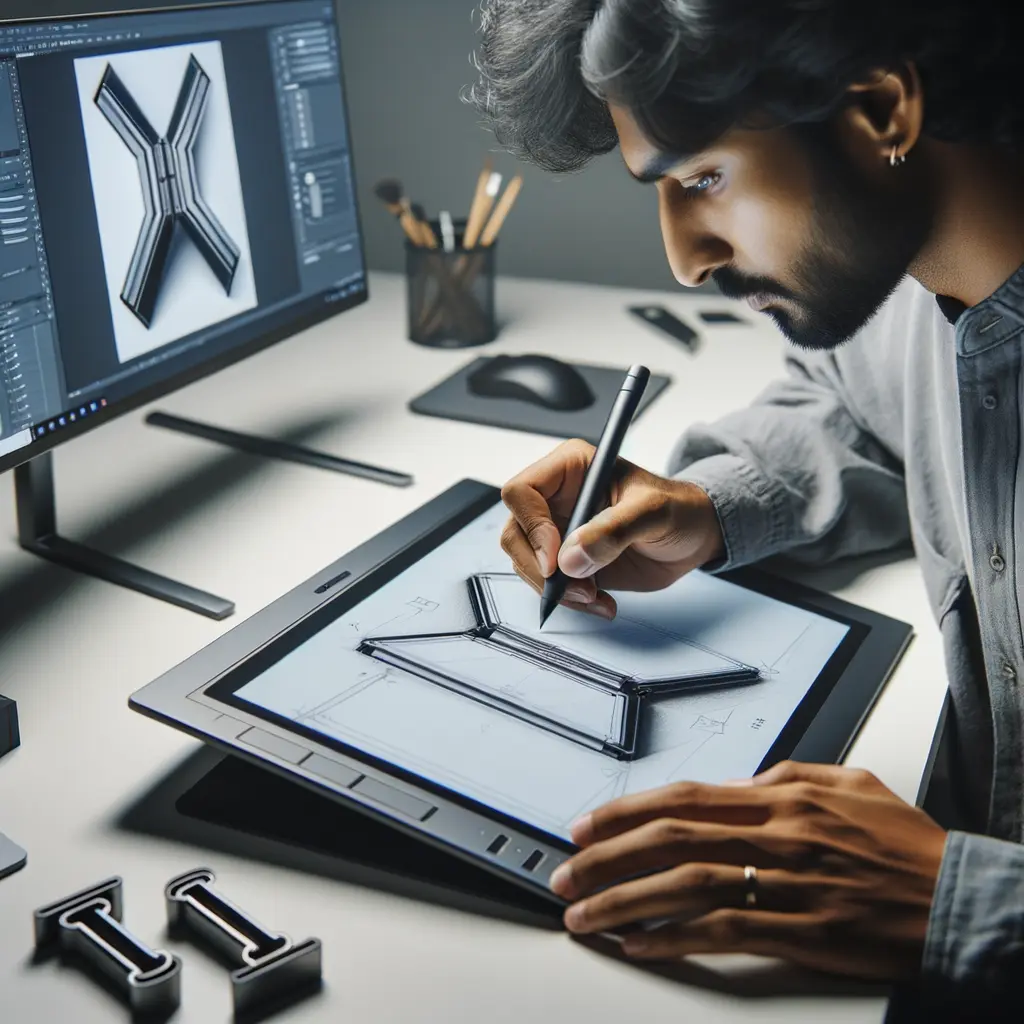
What’s Next for Foldable Smartphones and the Wider Mobile Market
Momentum is clearly building, but several hurdles still separate foldable smartphones from mass adoption. Price remains chief among them: the average selling price sits 40 % above flagship slabs. Analysts believe component costs must fall another 25 % before foldables can reach a sustainable 10–20 % premium—the sweet spot that drove 5G penetration. Supply-chain scale will help, as will competition from makers like OnePlus and Xiaomi, whose thinner hinges and high-yield BOE panels undercut incumbents. Durability perceptions are improving; most 2024 models are rated for 200,000+ folds and IPX8 water resistance, yet consumers still remember the fragile first-gen screens. Third-party cases and repair networks will be key to boosting confidence. On the software side, app developers need incentives to adopt adaptive layouts; Google’s Play Store now flags apps that ignore large-screen guidelines, and Apple will likely enforce similar standards. Expect AI to further justify the form factor: multimodal assistants that leverage the extra display real estate for context-rich prompts, or real-time desktop-class spreadsheets on the go. If you’re considering a purchase, weigh whether your workflow benefits from an always-available tablet. Otherwise, monitor upcoming smartphone market trends like rollable OLEDs, which promise even larger displays without hinge mechanics. For more on emerging display tech, see our article on micro-LED roadmaps, and revisit our review of battery breakthroughs such as stacked lithium-ion cells. However the market shakes out, one point is clear: foldable smartphones are no longer a gimmick—they’re the most significant shift in handset design since the bezel-less era, and the next two years will decide how mainstream that shift becomes.




